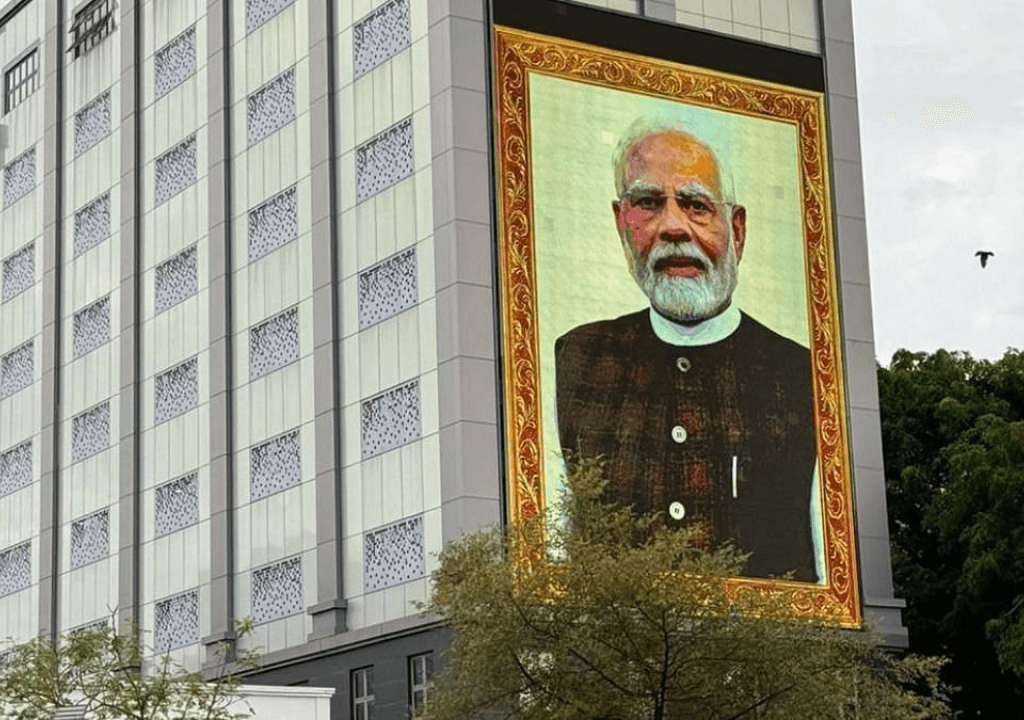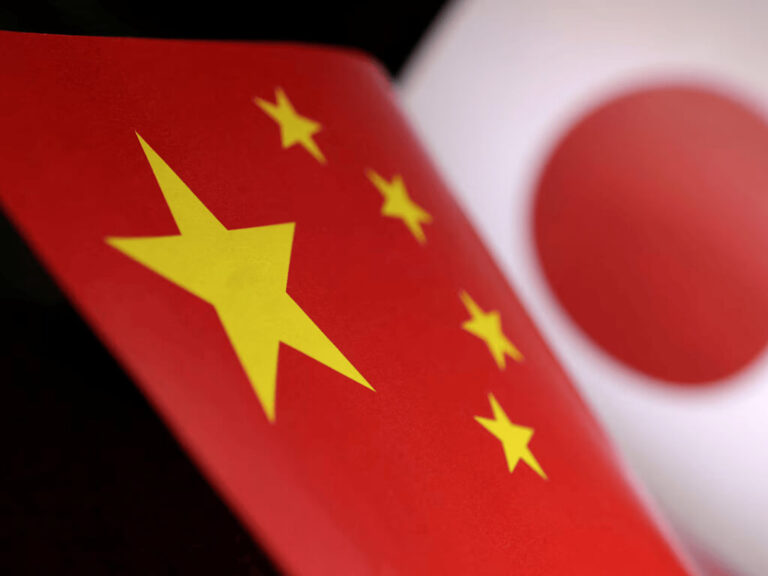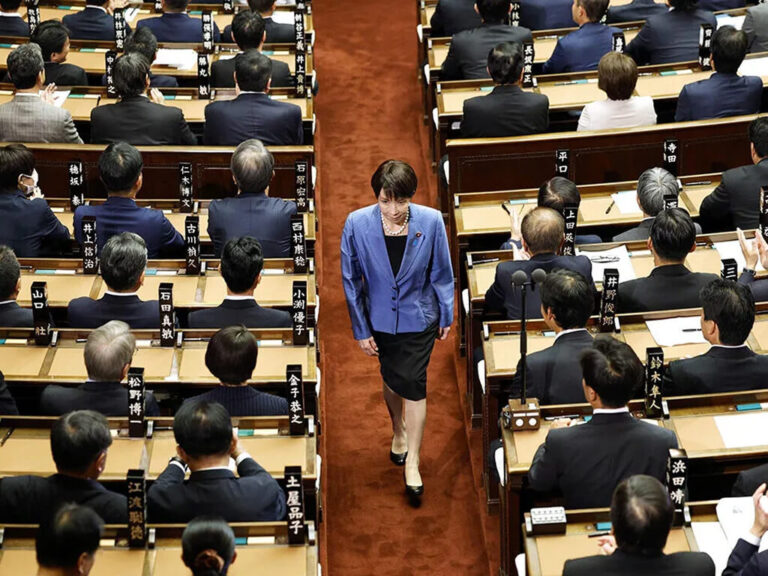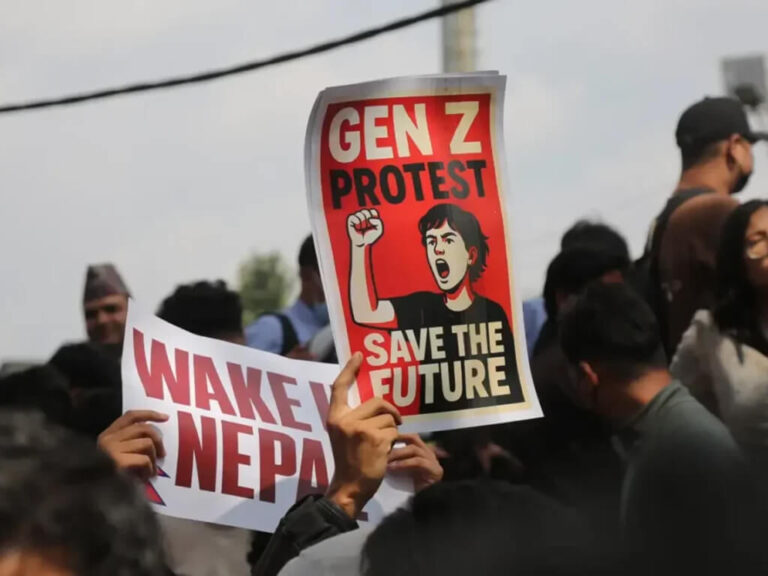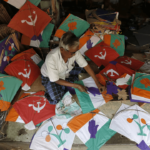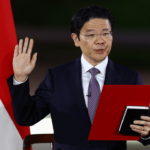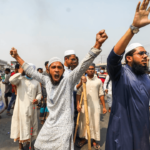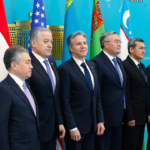The pattern is all too familiar. A country near India experiences a rise in anti-India sentiment. Political leaders blame India for all their troubles, and the public rallies behind them. Once in power, those leaders move closer to China, which supports their agenda. But over time, economic difficulties begin to mount, and the same country ends up returning to India for support.
We saw this pattern unfold in Sri Lanka, and now it is emerging in the Maldives. Once a major recipient of Chinese funding, the Maldives is now connecting the mooring lines with India, lines it had once cut. Last week’s Independence Day celebrations featured the presence of Prime Minister Narendra Modi, who received a warm and prominent welcome during his two day visit. The message was clear: the Maldives still needs India, just as it always has.
A Complete Turnaround
Maldives President Mohamed Muizzu, once a sharp critic of India and Prime Minister Narendra Modi, rose to power in 2023 on a platform aligned with China. Soon after taking office, he pushed for the removal of Indian military personnel operating search and rescue aircraft in the Maldives and resisted several existing agreements with India. India eventually agreed to the withdrawal.
Tensions grew when President Muizzu visited China before traveling to India, breaking a long-standing tradition of prioritizing New Delhi. The move was widely seen as a diplomatic snub in India. However, over time, Muizzu softened his position. After multiple rounds of talks between senior leaders, both countries renewed key agreements and began rebuilding their relationship. As ties reached a positive turning point, Muizzu called India the Maldives’ closest and most trusted partner during a banquet with Prime Minister Modi. What a turnaround!!
Why is the turnaround happening?
For Money!! That’s the simple answer.
Tourism is the lifeline of the Maldivian economy, which has few natural resources to rely on. When diplomatic tensions led to a sharp decline in Indian visitors, the effect was devastating. Chinese visitors have not returned in large numbers, and the Gulf nations the Maldives often look up to have provided little support. The government’s ban on Israeli tourists further hurt its reputation in the West. For a country so dependent on tourism, the consequences were immediate—foreign reserves declined, and economic pressure mounted.
Shortly after landing on, Prime Minister Modi announced a $565 million line of credit. He also reduced the Maldives’ repayment obligation on an earlier loan, cutting it from $51 million to $29 million per year. The two countries also began talks on a possible free trade agreement.
President Muizzu acknowledged India’s support, saying his country valued the friendship and was thankful for the timely help during critical moments. Later on social media, he said Modi’s visit had set a clear direction for future relations between the two nations.
During his visit, Modi also launched several infrastructure projects funded by India. These included a new defense ministry headquarters, new roads, and a housing scheme with 4,000 units. He emphasized that India would continue to support the aspirations of the Maldivian people. He also highlighted that the relationship between the two nations was growing stronger, built on both cooperation and close people-to-people ties.
Is India taking back South Asia?
China held significant influence over South Asia in recent years. They built a strong alliance with Pakistan and expanded their presence in Nepal, Sri Lanka, Bangladesh, and the Maldives. Their strategy relied heavily on pouring large investments into these countries, often forming ties with politicians.
But economic collapse, essential shortages, and political unrest have sparked riots and mounting pressure in several countries heavily indebted to China. As a result, many of them have started turning back to India for support. Sri Lanka was the first to reengage with India. Now, the Maldives seems to be following a similar path, gradually shifting back toward India’s sphere.
What was once a bold and aggressive expansion by China across South Asia has lost its momentum. Their approach has shifted to a more cautious strategy. Meanwhile, the United States is reentering the region by deepening its relationship with Pakistan, which could lead to greater influence in the future. But until those ties fully develop, many smaller nations are prioritizing stability, and India is their most dependable choice. They are already moving in that direction.

